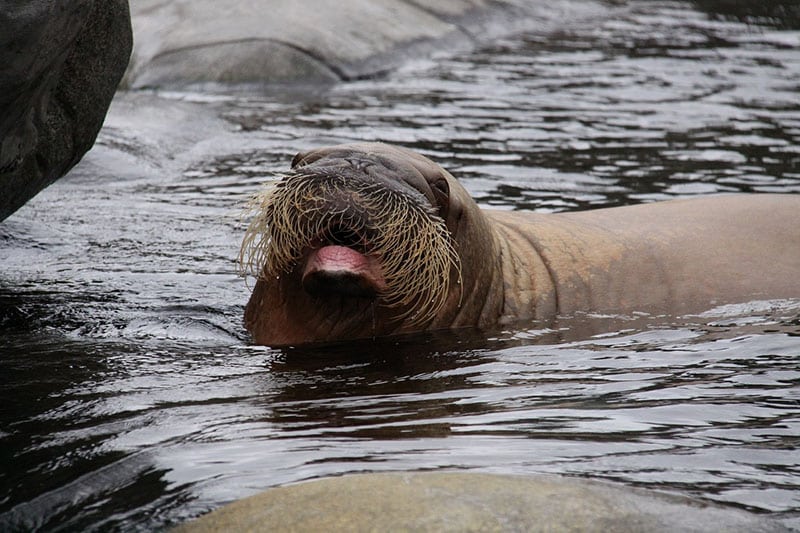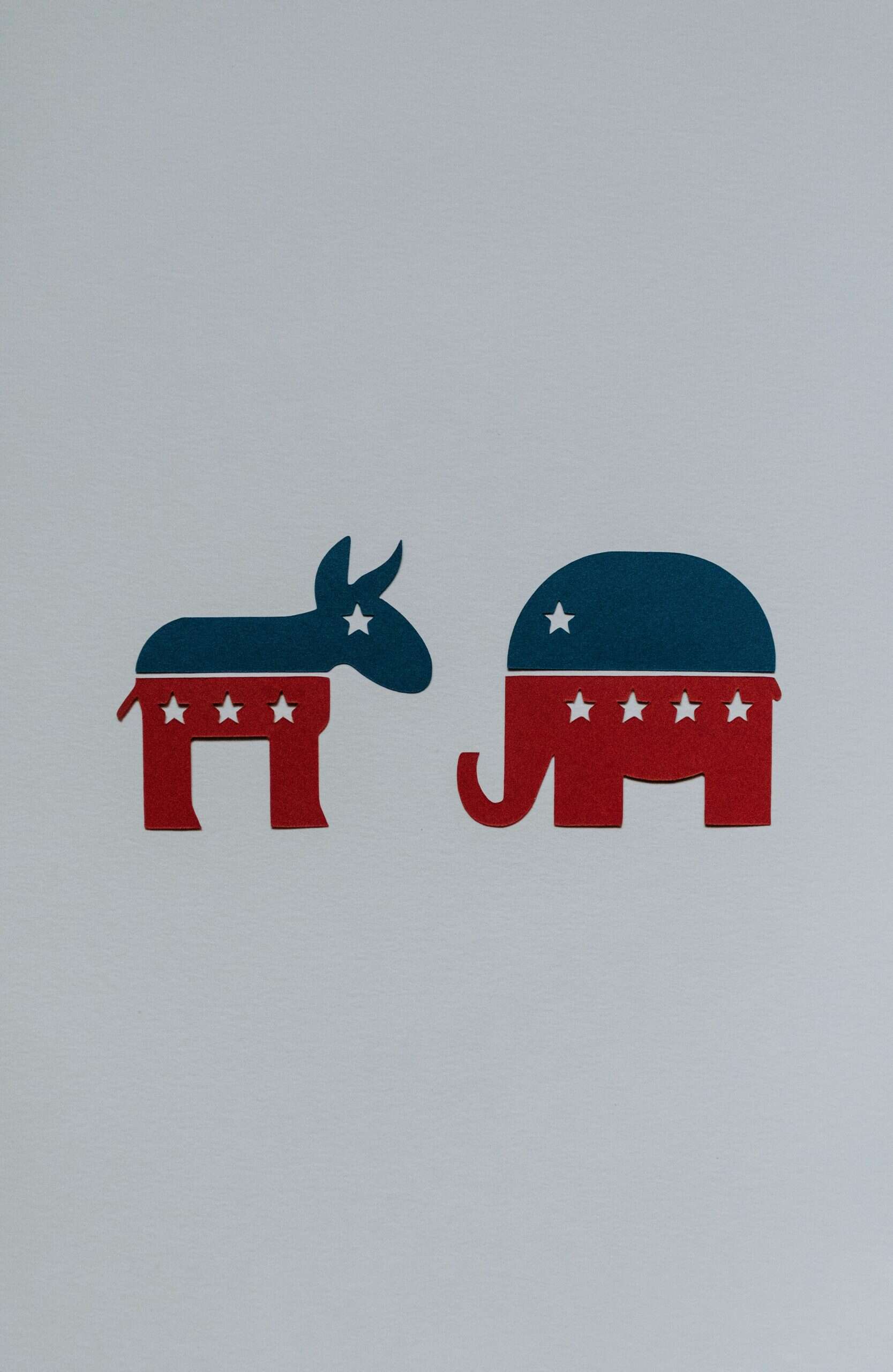Climate change is not a far-away concept; it’s our reality, and it’s reshaping the planet’s ecosystems. Rising temperatures, changing precipitation patterns, and extreme weather events are creating challenges for wildlife. These shifts disrupt habitats and food sources, pushing species to adapt, migrate, or face extinction. Understanding how climate change impacts wildlife is essential for creating effective conservation efforts.
What is Climate Change?
Before we go over how climate change affects wildlife, let’s discuss what it is exactly. Climate change is the long-term changes in temperatures and weather patterns. While climate change can happen naturally, it’s primarily caused by human activities. Additionally, it’s important to note that any climate change that occurs naturally would be nowhere near as extreme as climate change caused by human activity.
The main human activities that cause climate change include burning of greenhouse gases through industrial processes and deforestation. Believe it or not, deforestation alone contributes significantly to climate change because it reduces the number of trees in an area. While that may not seem important, trees are our main absorbers of carbon dioxide. Climate change leads to habitat loss and changes how species interact with one another. The scientific community widely agrees that immediate action is necessary. If we fail to curb emissions, we risk severe consequences for our planet’s wildlife and ecosystems.
Direct Impacts on Wildlife
Habitat loss is the most immediate and severe consequence of climate change. As temperatures increase and weather patterns change, ecosystems now have to face destruction. For example, polar bears depend on ice for hunting seals. Ice continues to melt in the Arctic at an alarming rate, causing polar bears’ hunting grounds to shrink. This leads to starvation and declining populations. If some resolution isn’t implemented soon, polar bears will quickly become endangered and possibly even extinct. They’re currently listed as vulnerable under the Endangered Species Act.
Food availability is another big concern. Many species depend on specific foods that’s sensitive to climate change. As habitats change, food sources dwindle or shift, leading to species competing. For instance, if a prey species were to migrate due to changing temperatures, predators would then have to adapt their hunting strategies or risk having to deal with food shortages. Unfortunately, it’s not as easy as it may sound and will then affect other species down the line.
Migration patterns and breeding seasons are also affected by climate change. Many migratory birds rely on specific weather to let them know it’s time to migrate. Changes in these weather patterns can result in delayed and mismatched migration, which in turn affects breeding and food availability.
Indirect Impacts on Wildlife

As stated previously, climate change triggers profound shifts in ecosystems. While we discussed the direct impacts of this, there are also some indirect impacts as well. Flora and fauna tend to be sensitive to environmental changes, and ecosystems like forests, wetlands, and grasslands are particularly vulnerable. For example, let’s say a wetland continuously experiences less-than-average rainfall. This can lead to droughts, which change the habitat entirely. This impacts populations because it reduces available resources and disrupts breeding cycles.
On the other hand, warmer temperatures can increase diseases and pests. For example, warmer conditions allow ticks to thrive, leading to higher incidences of Lyme disease in both wildlife and humans. Additionally, warmer temps cause species like amphibians to have a higher risk of fungal infections.
As habitats get smaller, human and wildlife interactions rise as well. Animals will venture into urban areas in search of food, leading to interactions with people and their pets. In fact, statistics show a concerning trend: conflicts with bears and other large mammals have increased by over 50% in some places.
Reduction and Adaptation Strategies
To combat the effects of climate change, wildlife conservation strategies need to be implemented as soon as possible. Whether this be habitat restoration or habitat protection, these strategies will help species deal with habitat loss and support biodiversity. Initiatives such as reforestation are great as well because they not only benefit wildlife but also help deal with carbon emissions.
Community engagement and education are so important as well. When you understand local ecosystems and wildlife along with their importance, you are more likely to participate in conservation efforts. Schools and organizations more often than not host programs to help raise awareness and promote sustainable practices.
Wrapping Up
Addressing climate change is critical for preserving wildlife and maintaining biodiversity. The impacts are profound and far-reaching, affecting species survival and ecosystem balance. Continued awareness and action are essential to ensuring a sustainable future for wildlife. Your involvement can drive meaningful change, protecting our planet’s precious ecosystems for generations to come.








